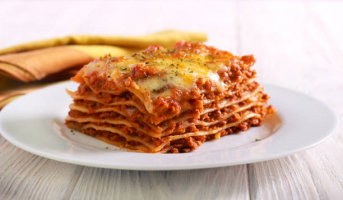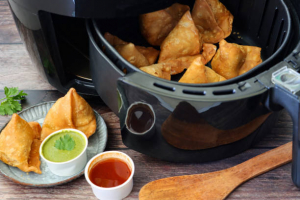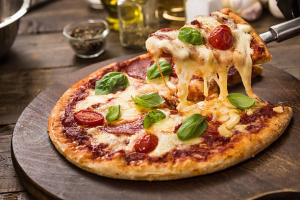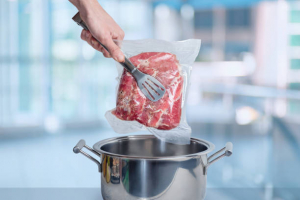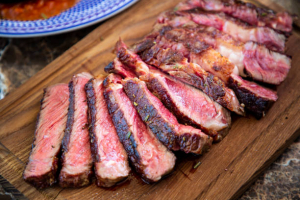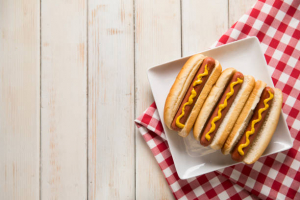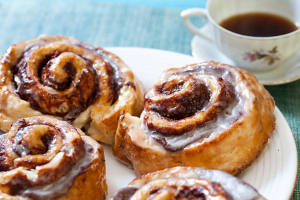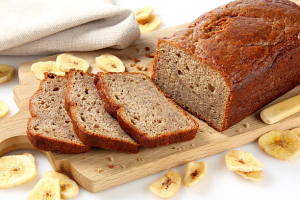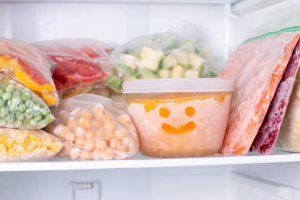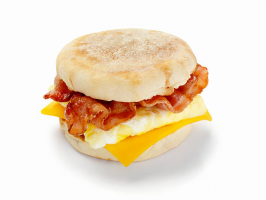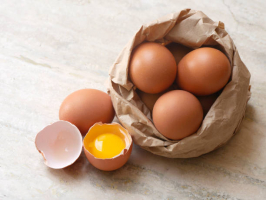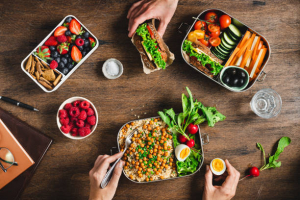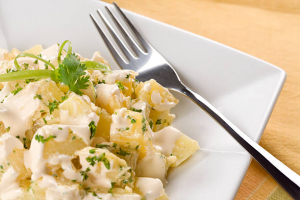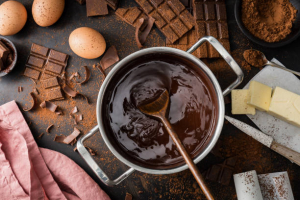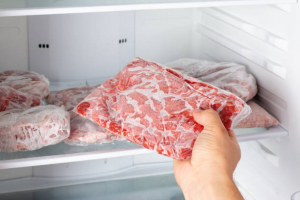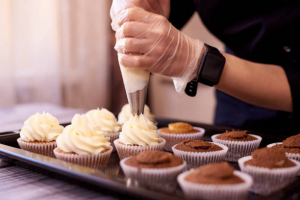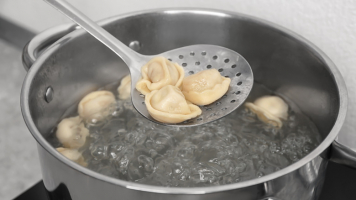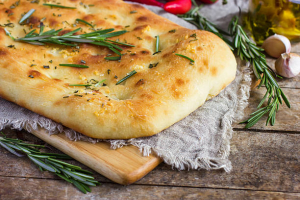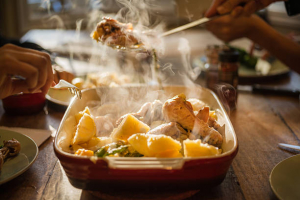Top 9 Biggest Mistakes Everyone Makes With Shrimp
Shrimp is a seafood that can be barbecued, boiled, broil, baked, sautéed, and so on. It is a lean, nutritious, and versatile protein that can add excitement ... read more...and variety to any occasion. Everyone knows that shrimp is not only versatile, but it also has a plethora of health benefits. When buying, preparing, and cooking shrimp, there are several factors to consider that can make or break your final dish. Here are the most common mistakes to avoid in order to make the most of the shrimp you've chosen.
-
First and foremost, you must select your shrimp. However, it is not as simple as you may believe. Any shrimp that has been left out for an extended period of time can ruin your cooking plans. The best way to ensure that you are purchasing fresh shrimp is to inspect it before purchasing. Fresh shrimp should be firm and shiny, with a translucent appearance. Avoid any shrimp with discoloration or that appear dull and flimsy. Another way to test the freshness of shrimp is to feel and touch it. Shrimp that is slimy or sticky rather than glossy has gone bad. The same is true for shrimp with any foul odor — fresh shrimp should not smell fishy. A mild saltiness reminiscent of the ocean, on the other hand, is a good sign.
Not knowing whether your shrimp is safe to eat could jeopardize your plans for them and be harmful to your health. Illnesses caused by consuming contaminated shellfish can cause nausea, vomiting, and stomach pains. Once you've selected fresh shrimp, keep it refrigerated until ready to use and cook it as soon as possible. Shrimp can be stored in the refrigerator for one or two days, but not for more than a couple of hours.
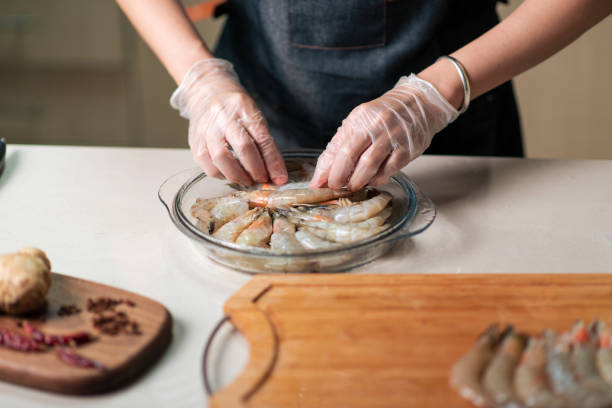
Buying old shrimp 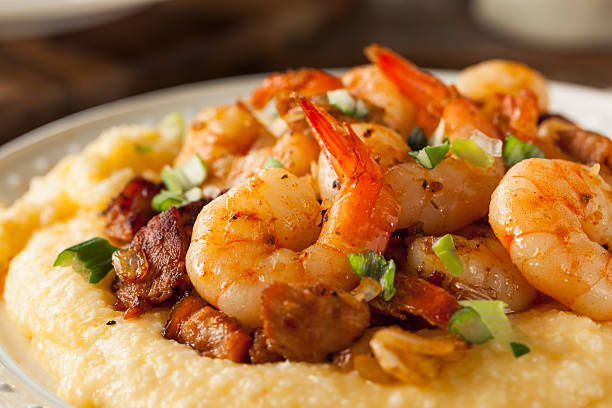
Buying old shrimp -
Although you may not have given much thought to the types of shrimp available at your local supermarket, there are many different types of shrimp available, all of which are at their best at different times of the year. White shrimp are the most widely available and widely accessible. They're extremely adaptable and can be enjoyed all year. Rock shrimp, banana shrimp, Atlantic Northern shrimp, tiger shrimp, and a variety of other shrimp bring a variety of flavors and uses to your plate. While your supermarket may only sell one or two types of shrimp, a local fishmonger will almost certainly have a large selection to choose from and try.
Another important factor to consider when deciding whether to buy farmed or wild shrimp. The differences should be noted if you are interested in the sourcing of the food you buy and eat. Shrimp farms operate by clearing coastal habitats, which removes protection from hurricanes and other storms. Furthermore, antibiotics are frequently used in farming, which contributes to sustainability concerns and alters the taste.
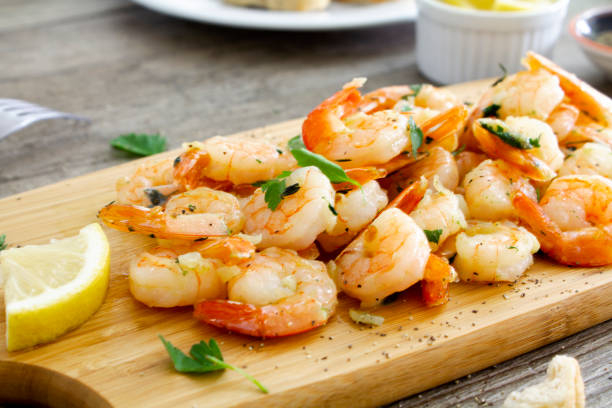
Picking out the wrong type of shrimp 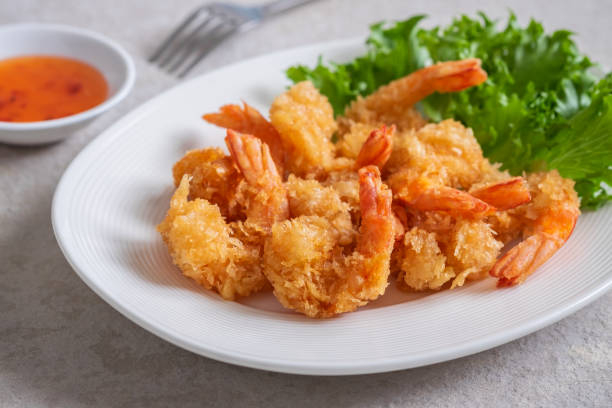
Picking out the wrong type of shrimp -
Because shrimp spoils quickly, freezing it is a good way to keep it fresh. If you buy shrimp during your weekly market trip but don't plan on using it for a few days, freezing it will keep it from spoiling before it's time to cook. But don't be fooled by their size; thawing them out takes longer than you might think. Defrosting them in warm water or the microwave is also not recommended.
To ensure that your shrimp are completely thawed and remain raw before cooking, remove them from the freezer the day before and place them in a colander set in a bowl. The water will drain out as the shrimp defrost, keeping your shrimp from becoming soggy. If you need cooked shrimp right away, putting them in an airtight bag and submerging them in cold water will thaw them in 10 to 20 minutes. Shrimp cooks rapidly. Submerging frozen shrimp in water or defrosting them in the microwave will start the cooking process too soon. When it comes time to cook the shrimp, they will be more prone to overcooking and uneven cooking.
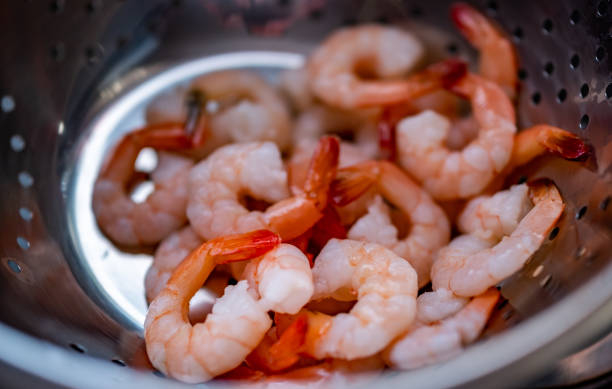
Not thawing properly 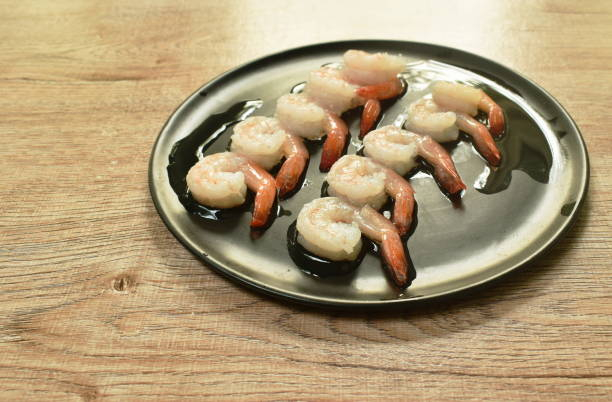
Not thawing properly -
Although your backyard grill is one of the best cooking tools you have, many people do not use it to its full potential. Grilling hamburgers and hot dogs every time you fire up the grill, no matter how delicious they are, can get old. Grilling shrimp is a quick and easy way to add something new to your backyard cookout while also keeping the protein lean and light.
After you've prepared your shrimp according to the recipe, tossing them on the grill can be hazardous. The majority of shrimp are quite small, and even the slightest movement with your barbecue tongs can knock a piece of shrimp sideways and down between the grates. The simplest way to avoid this is to spear them with skewers (pre-soaked, of course). Holding all of your shrimp firmly and neatly together will make cooking them easier and ensure an even char. You've paid for your shrimp, prepared and seasoned them, and it'd be a shame to lose any of them to the fire.
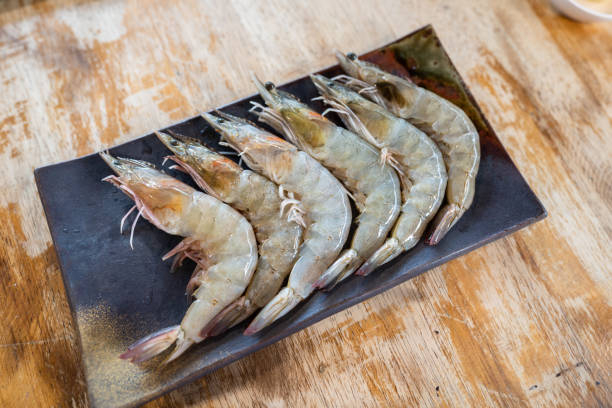
Not using skewers when grilling 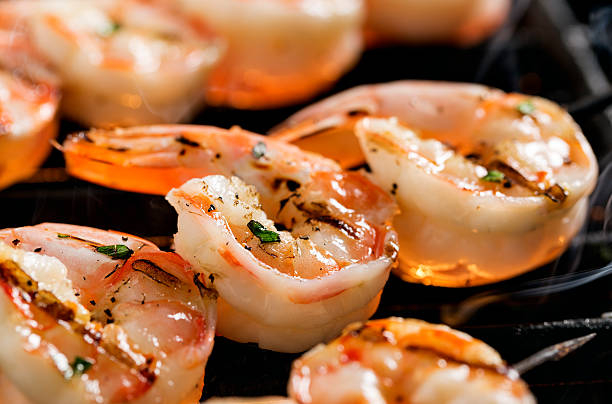
Not using skewers when grilling -
Peeling and discarding the shells may appear to be standard shrimp procedure, but there are advantages to leaving the shells on for cooking. Because shrimp cook quickly, leaving the shells on can help prevent overcooking or uneven cooking when grilling or broiling. Not only does leaving the shells on save time, but it also usually results in a more tender, juicier final product with enhanced shrimp flavor.
But don't take it from us. Shrimp shells act as a natural heat buffer and add another layer of distinct shrimp flavor. This heat buffer prevents the inner portion of the shrimp from finishing before the outer portion when cooking larger-sized shrimp (such as jumbo). As a result, the shrimp is not only evenly cooked but also more intensely flavored.
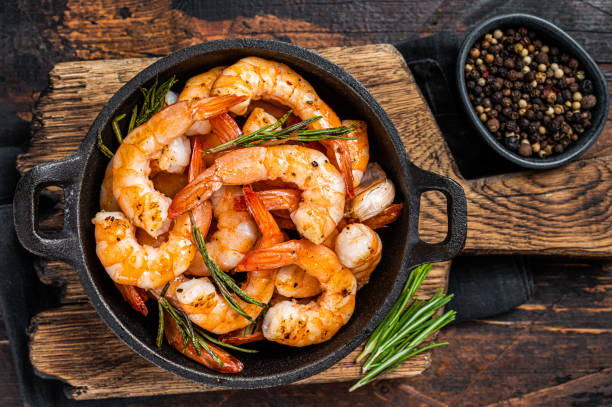
Removing the shells before cooking 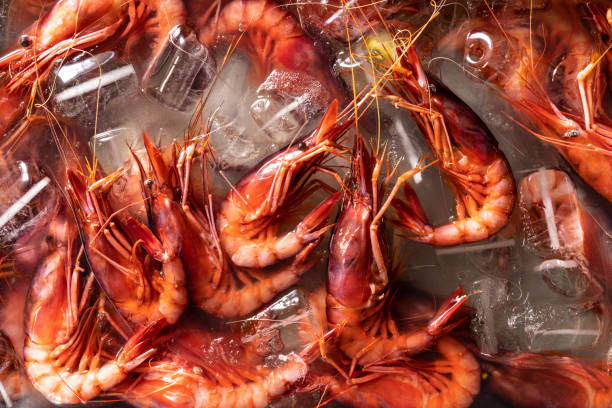
Removing the shells before cooking -
Deveining is the most important part of the shrimp preparation process. While you can purchase cleaned shrimp, buying fresh shrimp is always a better option. As a result, you should be able to clean them yourself. Although removing the veins may appear to be a time-consuming and unnecessary task, it is critical. The vein is the shrimp's digestive tract, containing both undigested food and digested waste. Although eating the vein is not harmful, leaving the vein inside the shrimp will result in a gritty texture as well as a not-so-appealing thought while trying to enjoy them.
Simply use a small knife to shallowly slice the back of the shrimp, edge-to-edge, once the shell has been opened to access the vein. The vein could be transparent, dark, or completely absent. If you find a vein, slide the tip of your knife beneath it and pull it out.
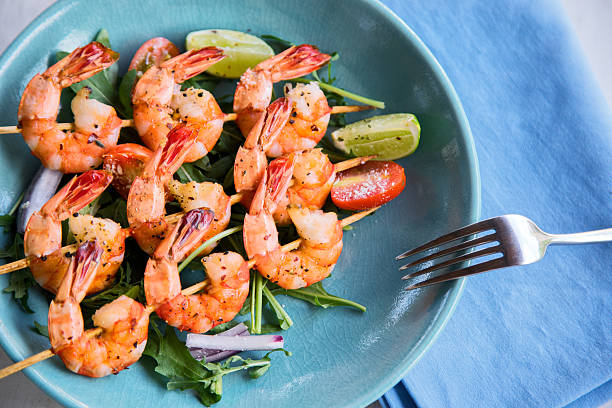
Not deveining properly 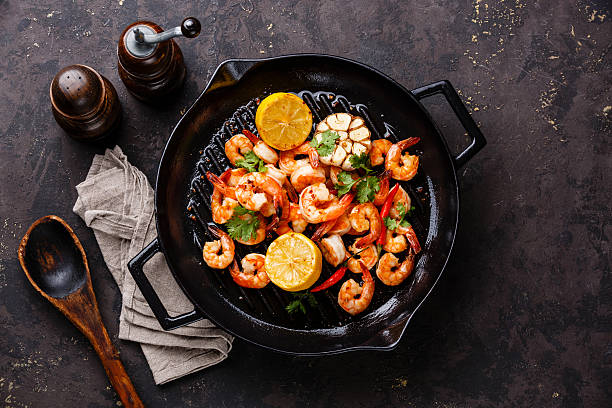
Not deveining properly -
Brining is a technique that is commonly associated with proteins such as chicken or large cuts of pork. But you can brine shrimp as well, and the results elevate the shrimp's tenderness and juiciness to new heights. Brining, according to Cook The Story, is simply soaking food in a salty solution before cooking. Brines can be flavored with herbs, spices, sugar, or a combination of the three. As it absorbs some of the salt, the food in the brine absorbs the liquid, making it juicier and more flavorful.
The simplest brine to make is a solution of water and salt. As previously stated, you can add other flavors to the brine or simply season the shrimp after the brine. Because shrimp have a smaller surface area, bringing them for more than an hour is unnecessary. One important note: do not rinse the shrimp after removing them from the brine. Before seasoning or cooking, simply pat them dry with a paper towel. The salt that the shrimp have accumulated in the brine will be removed by rinsing them. Patting them dry is also important, particularly when pan-searing or grilling. The drier the shrimp, the stronger the Maillard reaction, resulting in a crustier exterior.
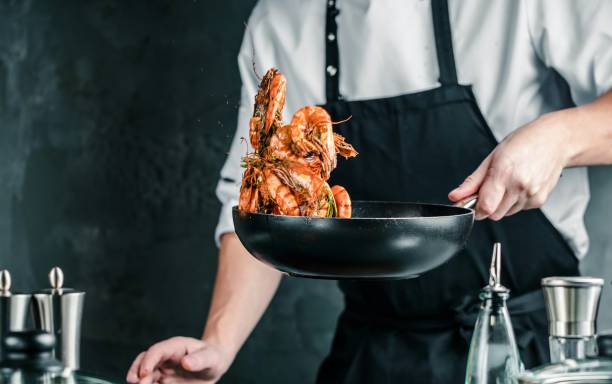
Skipping the brine 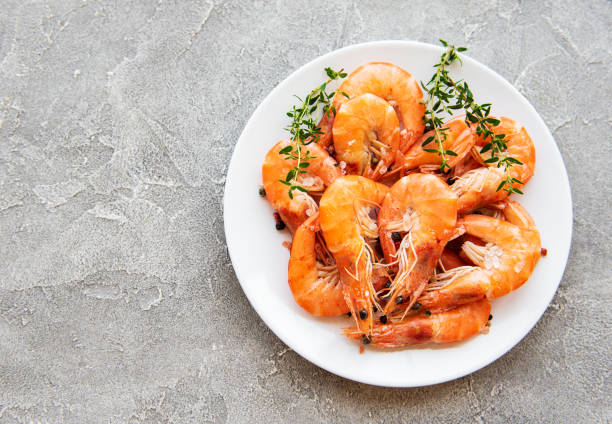
Skipping the brine -
If you decide to remove the shells from your shrimp, throwing them away is a waste of time. Keeping your shrimp shells will provide you with a flavorful ingredient for a delicious stock. Shrimp shells are rich in flavorful sugars that can be extracted easily in a pot of water. Shrimp stock is similar to fish stock but much sweeter, making it a great base for soups and stews.
Making stock from hollow shrimp shells is simple. Simply bring a pot of water to a boil, then add aromatics like lemon, onion, peppercorns, and parsley (all of which complement seafood), followed by the shells. After that, the shells only need about 10 minutes in the pot to release all of their sugars. Not only does using your shells contribute to a more sustainable home kitchen but using the shells to make stock increases the value of your purchase.
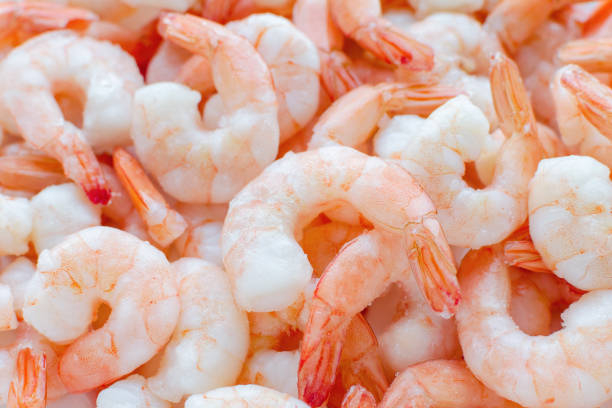
Discarding the shells 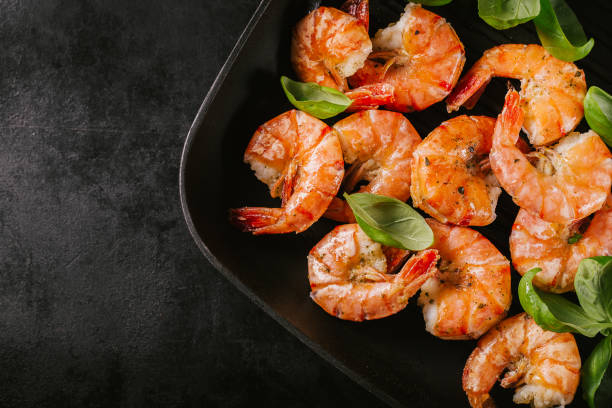
Discarding the shells -
The most common mistake people make when preparing shrimp is overcooking it. Shrimp is not the same as beef or chicken (or even other seafood). Normally, the color of a protein indicates when it is done cooking, but shrimp turn pink and stay pink whether they are perfectly cooked or overcooked. Using a thermometer is the most accurate way to ensure that your shrimp do not require any additional cooking time.
The ideal internal temperature for perfect shrimp is 165 degrees Fahrenheit. If you don't have a thermometer, you can tell when shrimp are done by their shape. Shrimp curls as it cooks. The shrimp are finished when they have curled into the shape of the letter "C". Although not as precise as a thermometer, this is still a good measurement. If the shrimp curls all the way to the shape of an "O", you've unfortunately reached the point of no return. Shrimp only takes two to three minutes to reach the ideal temperature, so keeping a close eye on your pan is the best way to avoid overcooking them. Once the shrimp are on the heat, patiently and attentively monitor their progress with a thermometer until it's time to check.
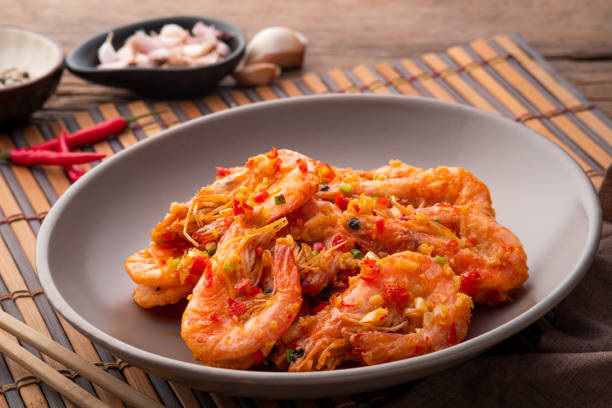
Overcooking your shrimp 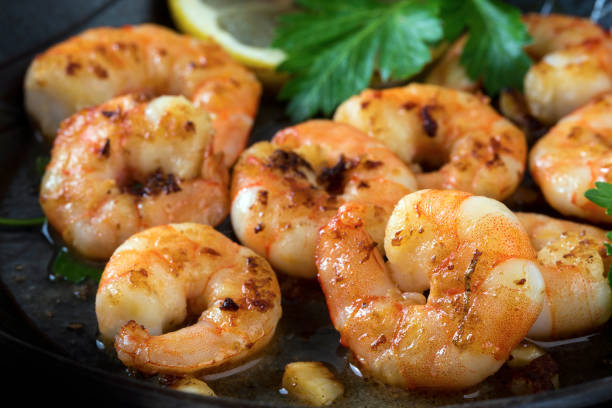
Overcooking your shrimp











